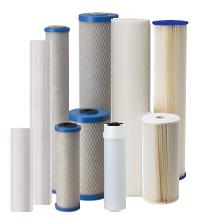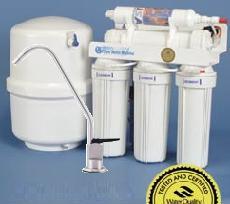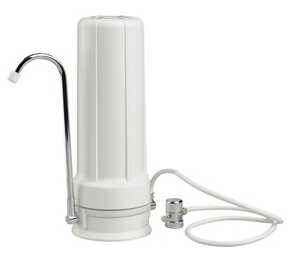|
Contents:
Symptoms of lead poisoning
- headaches - Lowered I.Q.
How does lead leach into water? In many buildings that were constructed before 1996, the plumbing pipes, fittings, and fixtures can leach lead into the drinking water above the current standard. For instance, brass is an alloy of copper and zinc to which lead is added to increase its performance for die casting, the process which plumbing valves, faucets, and couplings are made. When in contact with water, the brass can leach lead into the water through the process of corrosion. The leaching rates vary with the quality of the water and the age of the plumbing. Also, the lead concentration in water increases as it sits in the pipe. Therefore, lead concentration is the highest in the morning because water sitting over night. It is recommended that you flush the water for 3 minutes in the morning before drinking from the tap. The lead concentration can be 10 times higher comparing to after flush. It is found that the lead concentration can build back up to 80% within 2 hours after you flush the water. Therefore, the first recommendation is to get a filter that removes lead. The other option is to flush your water before you use the water for consumption or for cooking. |
Privacy Policy CUSTOMER LIST Contact Us Terms and Conditions Orders and Shipments















